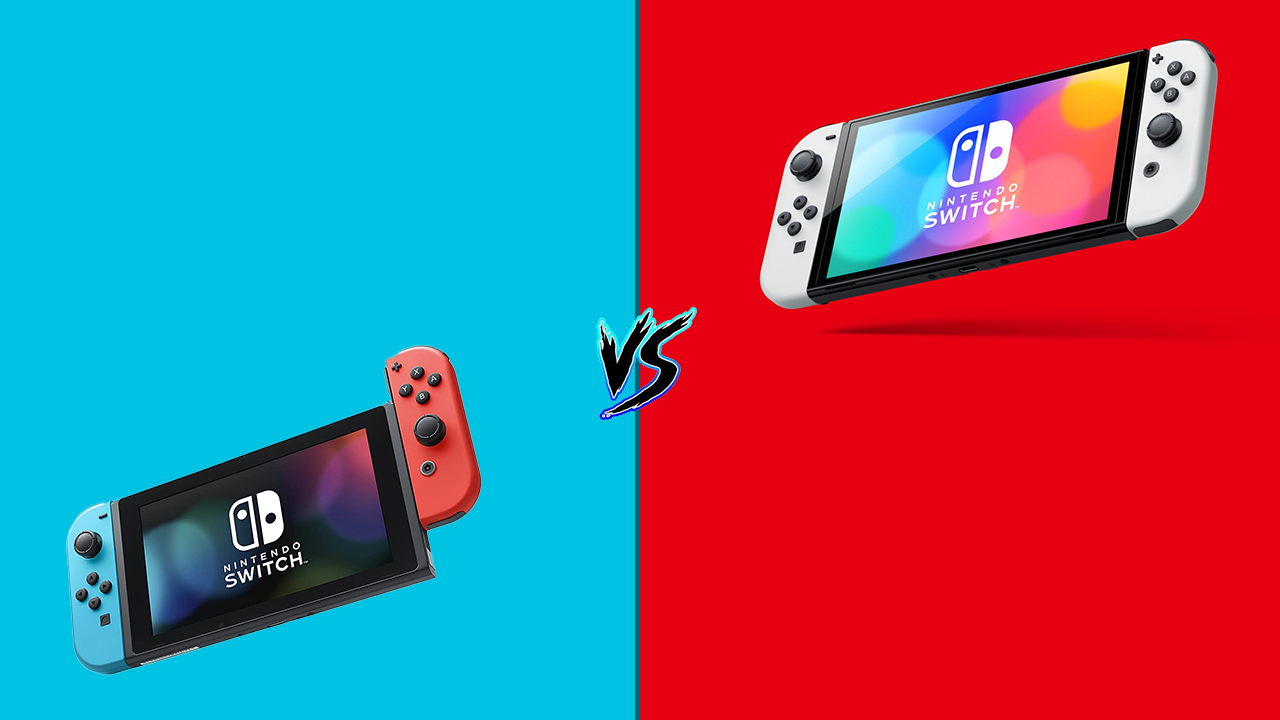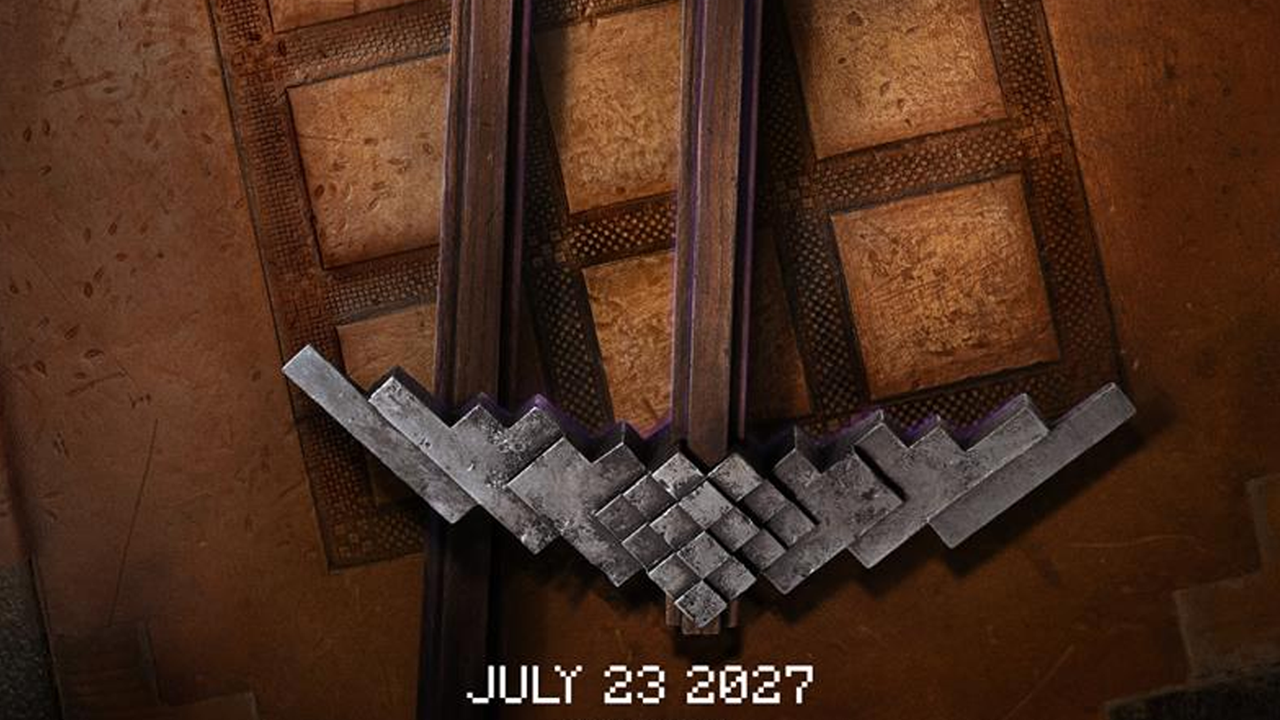
Introduction:
If you're a Nintendo fan or someone looking to jump into the world of Nintendo gaming, you will be faced with a choice between the Nintendo Switch OLED and the original Nintendo Switch. Both consoles offer unique features and experiences, but it's important to understand the differences to make an informed decision. In this article, we'll break down the disparities between the two models, their pricing, design, display, power, and overall verdict.

Warp Pipe Weekly
A weekly recap of all things Nintendo
By submitting your email, you agree to our Terms of Service and Privacy Notice. You can opt out at any time.
By submitting your email, you agree to our Terms of Service and Privacy Notice. You can opt out at any time.

Nintendo Switch Price Comparison: Regular vs OLED:
Let's start with the pricing and availability. The Nintendo Switch OLED, released on October 8, 2021, costs $350 in the United States. This is $50 more than the launch price of the original Nintendo Switch, which now retails $259.99. However, it's worth noting that the original model saw a slight price reduction after the OLED's launch.
Nintendo Switch OLED Screen Size vs Nintendo Switch Regular Screen Size:
Moving on to the design, the Nintendo Switch OLED retains the familiar form factor of the original Switch but introduces some notable improvements. The OLED model features a sleeker design with thinner bezels, resulting in a larger 7-inch OLED display that offers more vibrant colors and perfect blacks compared to the original Switch's 6.2-inch LCD screen. Despite the larger screen, the OLED version maintains the same dimensions as its predecessor, ensuring compatibility with existing Joy-Con controllers.
Nintendo Switch Design: OLED vs Regular:
It's important to note that the OLED Switch does not offer any performance upgrades over the original model. Both consoles utilize the same Nvidia Tegra X1 chipset, ensuring compatibility and performance parity across the entire Nintendo Switch game library.
However, the OLED version does bring some enhancements. The kickstand on the back of the console has been improved, offering better stability and adjustability for tabletop gaming. Additionally, the OLED model includes enhanced speakers that deliver more impactful audio compared to the original Switch.
While the OLED Switch offers double the internal storage, with 64GB compared to the original Switch's 32GB, both consoles support microSD cards for expandable storage of up to 2TB. The battery life shows improvement, between the two models, with the OLED Switch offering 4.5 to nine hours of playtime, an improvement over the launch Switch's 2.5 to 6.5 hours.
When it comes to the display, the Nintendo Switch OLED takes a significant leap forward. The OLED panel provides better color accuracy, higher contrast, and a wider viewing angle, resulting in a more immersive visual experience. The OLED screen's emissive pixels allow for perfect blacks and vibrant colors, making games visually stunning, especially when playing in handheld mode.
The Wrap:
In conclusion, if you're an existing Nintendo Switch owner primarily playing in docked mode, the Nintendo Switch OLED may not offer enough new features to warrant an upgrade. However, if you're a new buyer or prioritize handheld gaming, the OLED model is undoubtedly the best choice. Its larger and more vibrant display, improved speakers, and sleek design make it a compelling upgrade. The OLED Switch's price premium of $50 is justified by the enhanced visual experience it provides.
Ultimately, whether you choose the Nintendo Switch OLED or the original Switch, you'll have access to an incredible lineup of games and the unique versatility of Nintendo's hybrid console. Personally, I will be holding onto my OG Nintendo Switch until the the release of it's successor, rumored to release in 2024. Happy gaming!







